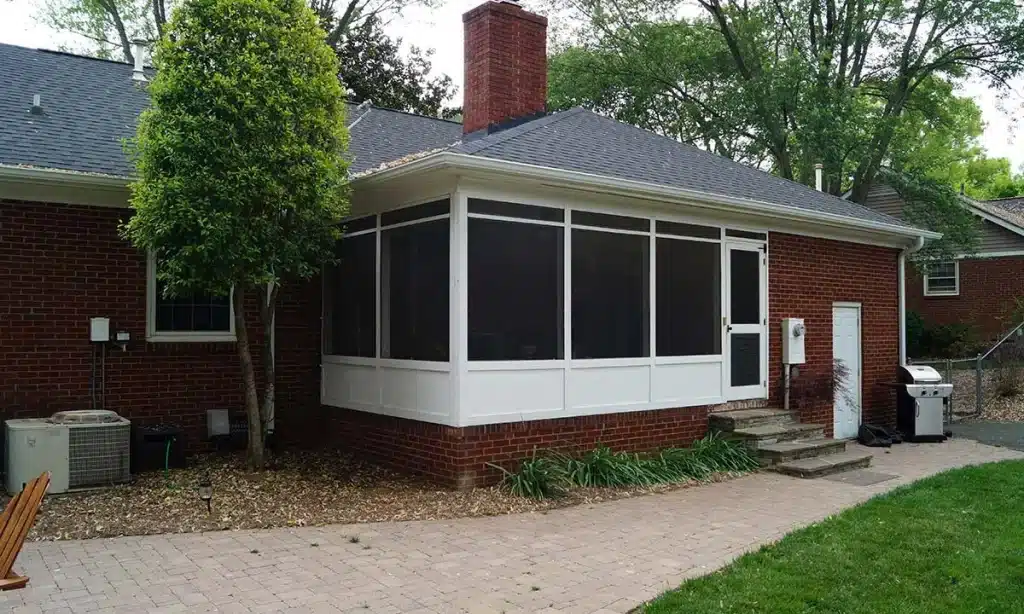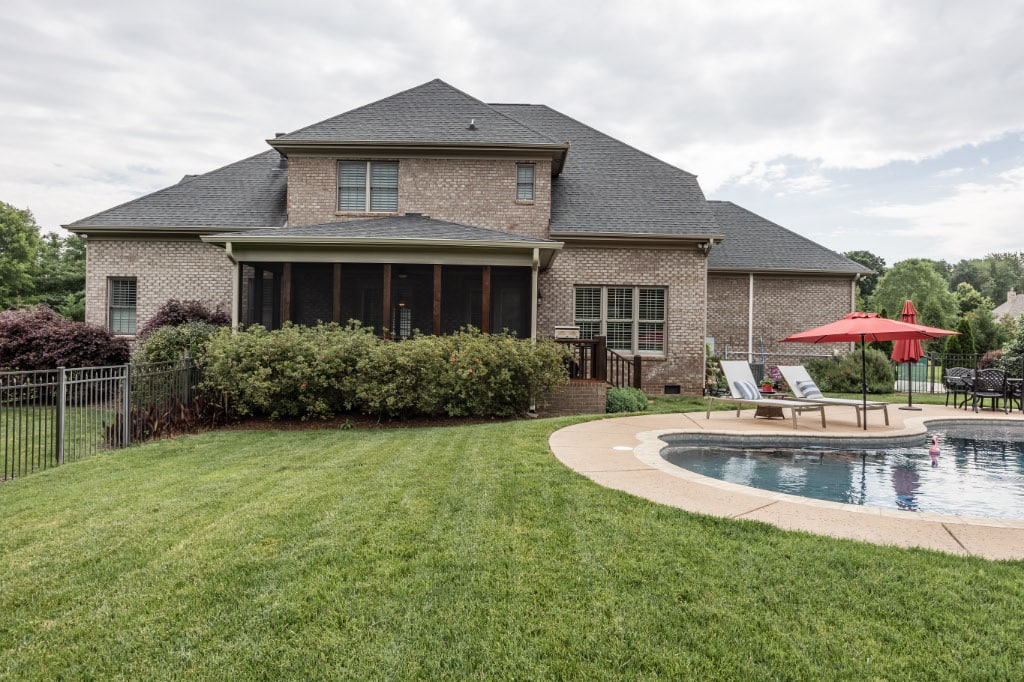
Why do I need a project planning agreement?
Why should we enter into a planning agreement with a contractor?
One question homeowners might be tempted to ask when they begin to move forward with a renovation or home remodeling project is: Why should we enter into a planning agreement with a contractor? Which is frequently followed up with: Can’t we just get a free estimate and base the finances of our project off that? The short answer is that you really do get what you pay for – and basing a project budget on a free estimate is truly a recipe for disaster.
In remodeling, a free estimate or ballpark range of a project is essentially a guess based on the contractor’s past experience with similar projects. With new construction, sometimes a contractor gives a homeowner a ballpark range, and they are literally plugging a project into a very simplistic formula of x square feet multiplied by $x per square foot. Unfortunately, both approaches don’t take all of your needs, your existing home or any nuances of your property into consideration – and that could be a huge mistake. These approaches; however, may be helpful to a homeowner to determine if a project is realistic for their budget or expected investment.
While these contractors who provide free estimates are not intentionally trying to mislead you, they may not be taking all of your project’s needs into consideration, which means that a free estimate can be very far afield. That can cost you financially if you use that estimate to plan your loan amount and “extras” pop up later in the process that you will have to scramble to pay for. It can also take an emotional toll if you have your heart set on a project only to discover after the process has begun that you can’t afford what you really want.
A Project Planning Agreement like the one we use, in contrast, provides clients with an accurate fixed-cost dollar amount based on a well-defined scope. Clients pay a nominal planning fee based on their project’s estimated budget range, and that fee is then applied to the cost of their final project, so it’s not an added cost. It’s a commitment by a serious homeowner to get a solid price on their project upfront and before construction begins.
Among the things our Project Planning Agreement includes are: Conducting a comprehensive needs analysis for the client’s project and how it will tie into their existing home; determining a well-defined project scope; taking as-built measurements and photographs; meeting with various tradesmen, vendors and designers; reviewing preliminary plans; preparing conceptual drawings (if required); and establishing material allowances for selections (tile, hardwood, countertop materials, cabinets, plumbing fixtures, lighting, etc.). It also entails preparing final drawings (as required) and coordinating any required architect and/or structural engineer’s stamps as well as pricing the entire project to determine a final fixed cost. The final step in our process is presenting a detailed Construction Agreement for the client’s review, approval and signature. This Agreement will include, among other items, a defined work description, material allowances, definitive start and completion dates, initial payment and progressive payment schedule, plus many other required project details.
As you can see, a Project Planning Agreement is far more complex than a free estimate. As such, it reflects your commitment as a serious client who appreciates working with a professional who will add value to your project and minimizes the possibility of surprises in the scope and cost of the project. Which means that it is essentially an investment in your peace of mind.






